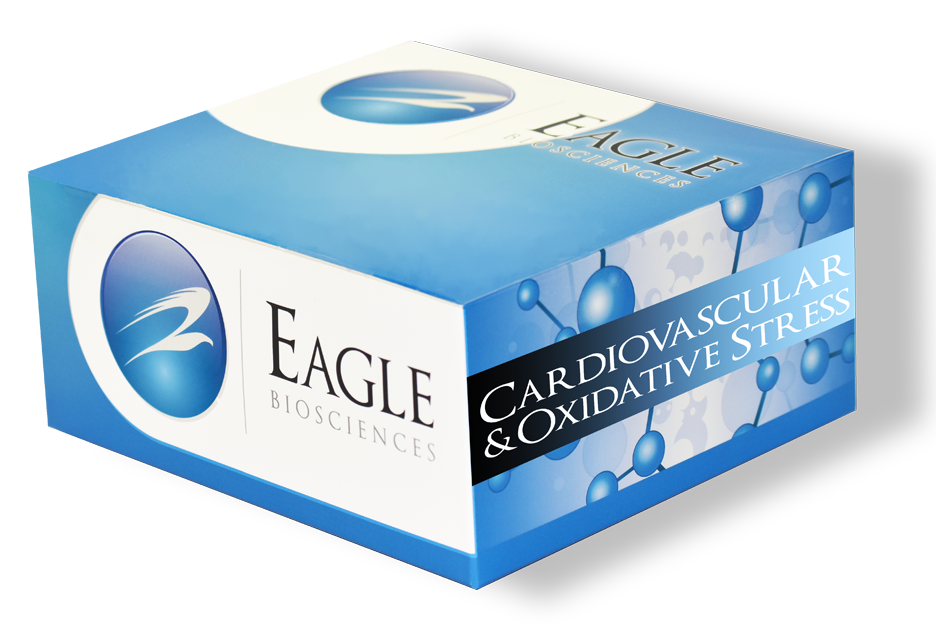NOS Ultrasensitive Colorimetric Assay
The NOS Ultrasensitive Colorimetric Assay is For Research Use Only
Size: 1 x 96 wells
Sensitivity: 1 pmol/µL or ~0.5 µM
Dynamic Range: 0.5 – 100 µM
Incubation Time: 1.5 hours
Sample Type: Cell Lysates
Sample Size: 5 µl
Alternative Name: Nitric Oxide Synthase Ultrasensitive Colorimetric Assay Kit, Ultrasensitive NOS Assay Kit
Product Developed and Manufactured in the USA
Assay Background
The traditional method for measuring nitric oxide synthase (NOS) activity is performed by radiochemical assay that measures the conversion of L-[3H]arginine to L-[3H]citrulline. This method is expensive and requires regulation of radioactive materials. The Ultrasensitive Colorimetric NOS Assay Kit is a low-cost novel assay that allows for the detection of NOS activity without the need for radioactivity. Our Ultrasensitive NOS Assay Kit employs a NADPH recycling system to allow NOS to operate linearly for hours as nitric oxide-derived nitrate and nitrite accumulate. NOS can be assayed spectrophotometrically by measuring the accumulation of its stable degradation products, nitrate and nitrite. The ratio of these two products in biological fluids, tissue culture media, etc. may vary substantially. Hence, for accurate assessment of the total nitric oxide generated, one must monitor both nitrate and nitrite. An excellent solution to this problem is the enzymatic conversion of nitrate to nitrite by the enzyme nitrate reductase (NaR), followed by quantization of nitrite using Griess Reagent. This kit allows for efficient high-throughout screening of NOS activity in resting cells or cell lysates as well as biological fluids and tissue homogenates. The kit is also ideal for in vitro NOS assays using recombinant purified NOS. All materials necessary to perform the entire assay in a 96-well microplate format are provided with the kit.
Related Products
Nitric Oxide Synthase Colorimetric Assay Kit
Nitric Oxide Synthase Colorimetric Non-Enzymatic Assay Kit
Nitric Oxide Synthase Colorimetric Non-Enzymatic Assay (Refill Kit)


